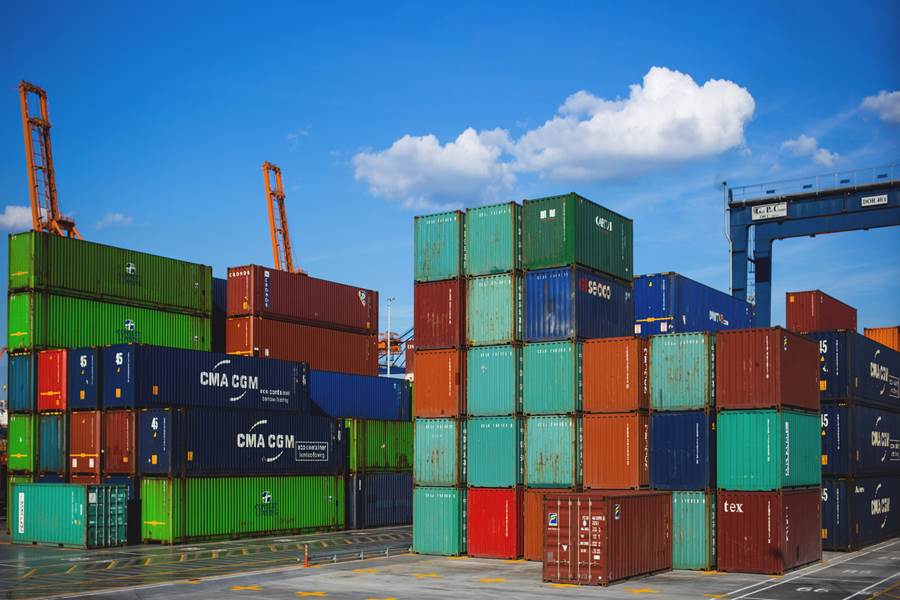Why Are So Many Steel Import Permits Rejected? 5 Fatal Mistakes Importers Must Avoid
The Growing Wave of Import Permit Rejections
In recent months, many steel importers have complained about long delays and increasing rejection rates for Import Approval (PI) applications by the Ministry of Trade.
Since the enforcement of Permendag No. 36/2023 and Permenperin No. 1/2024, which requires Technical Consideration Letters (Pertek) from the Ministry of Industry, import supervision for steel has become far stricter.
The goal is clear: protect Indonesia’s domestic steel industry from dumping, ensure technical conformity, and promote local products.
However, many importers fall into simple administrative and technical errors that lead to rejections — and costly project delays.
Here are five common mistakes you can avoid.
1. Incorrect HS Code
One of the most frequent errors is using an HS (Harmonized System) Code that doesn’t match the product specification.
Many importers guess or reuse previous HS codes without checking the latest tariff and restriction lists.
The INATRADE system automatically rejects mismatched applications.
Solution: verify your HS Code early with a customs consultant or accredited surveyor. Even minor mistakes can trigger a domino effect — delayed Pertek, rejected PI, and goods held at port.
2. Incomplete Technical Documents
A major reason for rejection is missing technical files such as mill certificates, material specifications, blueprints, or manufacturer statements.
The Ministry of Industry needs full details to ensure imports are necessary and unavailable locally.
Submitting only general brochures without chemical composition, tensile strength, or usage purpose will delay approval.
Solution: obtain complete factory documentation per international standards (ASTM, JIS, etc.), and specify end-use — construction, manufacturing, or energy projects. Clear data accelerates verification.
3. Applying for PI Before Getting Pertek
Under Permenperin No. 1/2024, all steel imports require a Technical Consideration Letter (Pertek) before the PI.
However, many importers submit PI first, then request Pertek — causing automatic rejection since the system demands an active Pertek number.
Solution: follow the correct sequence — apply for Pertek first via SIINAS, then submit PI on INATRADE once approved.
Understanding this workflow saves time and prevents repeated rejections.
4. Ignoring Surveyor Verification
Every steel import must be verified by a government-appointed surveyor.
This produces the Surveyor Report (LS) — a mandatory customs document.
Some importers treat LS as a formality, but without it, Customs can hold shipments, even with complete PI.
Solution: coordinate with surveyors at the port of origin. For project cargo or goods stored in a Bonded Logistics Center (PLB), verification can be done on-site with flexible scheduling.
5. Failing to Submit Import Realization Reports
After obtaining a PI, importers must file quarterly import realization reports.
If two consecutive reports are missing, the system will block future PI applications.
Solution: set internal reminders or use compliance tracking systems to ensure timely reporting.
Business Impact: Delays Cost Money
Permit rejections cause severe ripple effects.
Delayed shipments incur high demurrage and storage fees, while EPC and energy projects risk missed deadlines and contract penalties.
One small administrative error can cost billions of rupiah.
How PLB Helps
A Bonded Logistics Center (PLB) allows steel importers to store goods temporarily without entering domestic circulation or paying immediate duties.
Within PLB, importers can finalize Pertek, LS, and PI while avoiding high port costs.
TCI’s cloud-based system provides real-time visibility on permit status, verifications, and reports.
PLB helps maintain compliance and efficiency amid rapid regulatory changes.
Conclusion
The new steel import era demands precision, not luck.
Stricter regulations aren’t barriers — they’re opportunities for discipline and industry integrity.
With proper understanding and planned logistics, imports can remain efficient, compliant, and risk-free.
Want to ensure your import permits stay safe?
Book a free 30-minute consultation with Transcon Indonesia’s team to review your import documents today.
